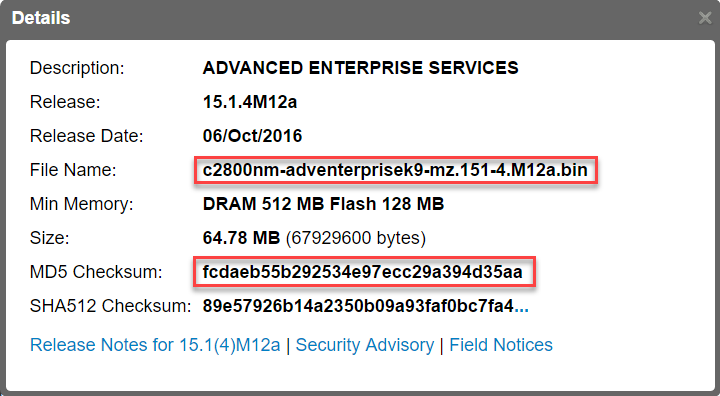

Configuring from memory loads the startup configuration file.
Cisco ios software#
The Cisco IOS software responds with the following prompt asking you to specify the terminal, memory, or a file stored on a network server (network) as the source of configuration commands:Ĭonfiguring from terminal, memory, or network ?Ĭonfiguring from the terminal allows you to enter configuration commands at the command line, as described in the following section. To enter configuration mode on the router, enter theĬonfigurecommand at the privileged EXEC prompt. “Copying a Configuration File from a TFTP Server to the Router ” section forĬonfiguration Mode and Selecting a Configuration Source To the running configuration file either immediately after you enter them orĬonfiguration file, you can either save the running configuration file to theĬopy running-config startup-config EXEC command or copy aĬonfiguration file from a file server to the startup configuration (see the

As you use the Cisco IOSĬonfiguration modes, commands generally are executed immediately and are saved The Configuration File at the CLI ” section. In this case, you would change the runningĬonfigure terminal EXEC command but not save theĬopy running-config startup-config EXEC command.Ĭonfigure terminal command, as described in the “Modifying The two configuration files can be different.įor example, you may want to change the configuration for a short time period Running configuration files (running-config) contain the currentĬonfiguration of the software. Is booted (from the startup-config file) or when you enter commands at the CLIįiles (startup-config) are used during system startup to configure the CommandsĪre parsed (translated and executed) by the Cisco IOS software when the system Your Cisco routing device (router, access server, switch, and so on). Information About Managing Configuration FilesĬontain the Cisco IOS software commands used to customize the functionality of IOS commands described in this document are available and function only inĬertain configuration modes on the router. Setup command (see Using Setup Mode to Configure a Cisco Networking Device for details). You can create a basic configuration file using the You should have at least a minimal configuration running on your system. You should have at least a basic familiarity with the Cisco IOS environment and the command-line interface. Prerequisites for Managing Configuration Files Navigator to find information about platform support and Cisco software image Which each feature is supported, see the feature information table. The features documented in this module, and to see a list of the releases in Release notes for your platform and software release. May not support all the features documented in this module. For a complete description of the configuration file management commands, refer to theĬisco IOS Configuration Fundamentals Command Reference. Deleting a Specified Configuration FileĬreating, loading, and maintaining configuration files enable you to generate a set of user-configured commands to customize the functionality of your Cisco routing device.Reexecuting the Configuration Commands in the Startup Configuration File.Copying a Configuration File from a TFTP Server to Flash Memory Devices.Copying a Configuration File from an rcp Server to Flash Memory Devices.Copying a Configuration File from an FTP Server to Flash Memory Devices.Copying Configuration Files from Flash Memory to the Startup or Running Configuration.Maintaining Configuration Files Larger than NVRAM.Copying a Configuration File from an FTP Server to the Router.Copying a Configuration File from a TFTP Server to the Router.Storing a Startup Configuration File on an FTP Server.

Cisco ios how to#
How to Manage Configuration File Information.Network Versus Host Configuration Files.
Cisco ios download#
Configure the Router to Download Configuration Files.Loading the Configuration Commands from the Network.
Cisco ios password#


 0 kommentar(er)
0 kommentar(er)
